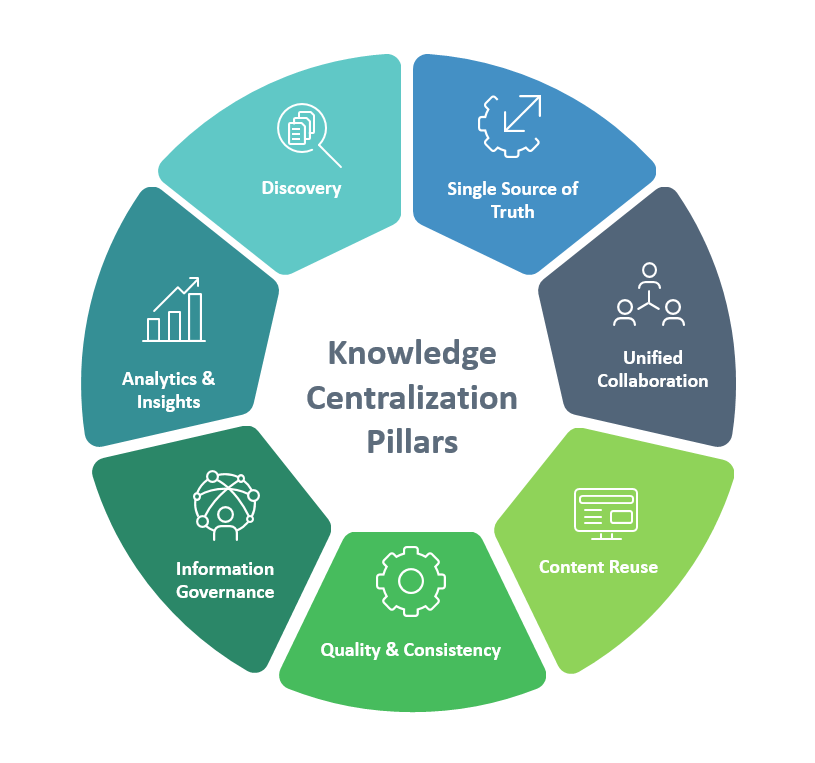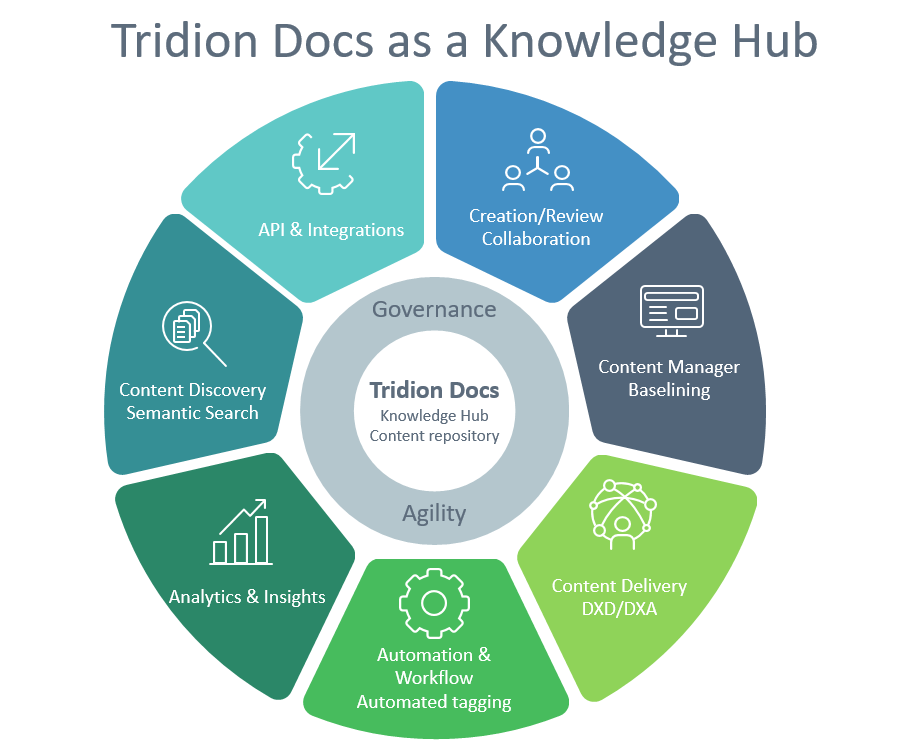Fundamentals of Modern Knowledge Management

Employee experience (EX) is an essential aspect for a digital-ready organization and a stellar EX results in higher profitability for companies. But over the years, an increasing number of tools and systems have created an information sprawl which has become not only hard to manage but also detrimental to the quality of information and its accuracy. This has resulted in the loss of trust in information found because of the imminent digital fragility caused by negligence to management of information, and yet the need to continuously deliver on the needs of the business, as usual, remains paramount. Employees do not know which is the right information and spend hours to verify the latest and most accurate information or spend time correcting their work because of having used incorrect information. Not to mention the risk of regulatory violations and trademark infringements which cause organizations billions of dollars globally.
So what can we do to address this increasingly complex situation?
- Single source of truth: we establish an information model and associated data schema so that every data element is managed (or edited) in only one place of reference. And that the data provided is authentic, relevant, and referable.
- Unified collaboration: since there is a single source of truth, employees all over the organization should be able to interact with this information and collaborate in a unified manner to keep the information accurate and intact over the period.
- Content reuse: it is a way of using the same pieces of content in several places. It lets organizations reduce content development costs while simultaneously improving the quality of the information.
- Quality & consistency: key to establishing trust in information found is ensuring its quality and consistency. Knowledge centralization is a step towards this but it doesn’t always ensure it. Which brings us to the next key pillar.
- Information governance: this balances the use and security of information. This is a holistic approach to managing corporate information by implementing processes, roles, controls and metrics that treat information as a business critical asset.
- Analytics & insights: organizations can use content analytics to understand the content that is created, how it is used, the context it is being used in and the nature of that content. It is especially relevant for organizations where knowledge is at the core of their business. This allows accomplishing the primary objective of an enterprise content management (ECM) strategy that is, delivering the relevant content to the right people via the right channels at the right moment to support the right objective. Which finally leads to discovery.
- Discovery: finding the right information in the increasing content tsunami is challenging, knowledge centralization holds the promise of making findability of the right information in the right time easy and manageable, for employees, partners and customers.

- We need content that can deliver itself to any channel where it is needed without any extra effort.
- We need content that can describe itself on a much granular level going beyond document pages.
- We need content to be able to self-assemble itself to be able to power conversational UI such as smart Chatbot and other IoT devices.
Intelligent content
As we work on our knowledge management fundamentals, we also need to ensure content governance to enable auditability and compliance to make information secure and accurate. With a system designed for these new requirements, you can not only establish one right answer with a strong modern knowledge management foundation but also ensure security and business agility. A component content management systems allows creation, management and delivery of intelligent content, which is defined as follows:
- Structured: the content components are organized in a predictable manner and has relation defined between them that enables providing usage insights and improves findability.
- Stored in topic-specific components: meaning information can be searched/accessed on a much granular level (a component can be as small as a word and as large as a paragraph).
- Reusable: smaller components of content that are tagged can be reused several times.
- Format-free: content can be used across any information channel without rework.
- Enriched with metadata: content is tagged that allows knowing what a piece of information about so both humans and machines can work with it independently as well as interdependently.
- Modern intranets that show relevant content personalized to the individual users and their need based on location or activity.
- Knowledge bases that are augmented with artificial intelligence capabilities to help reduce mundane tasks with the help of auto-fill/complete, suggested tagging and more.
- Innovative customer support knowledge bases that require on-demand new information generations.
- Secure information sharing with 3rd party agents such as partners and field agents, and last but not the least.
- Conversational UIs such as chatbots and voice agents for IoT devices.

- Cost savings with content reuse
- Information governance with access rights and change tracking
- Adaptive delivery of consistent information to any digital channel and
- Discovering insights

